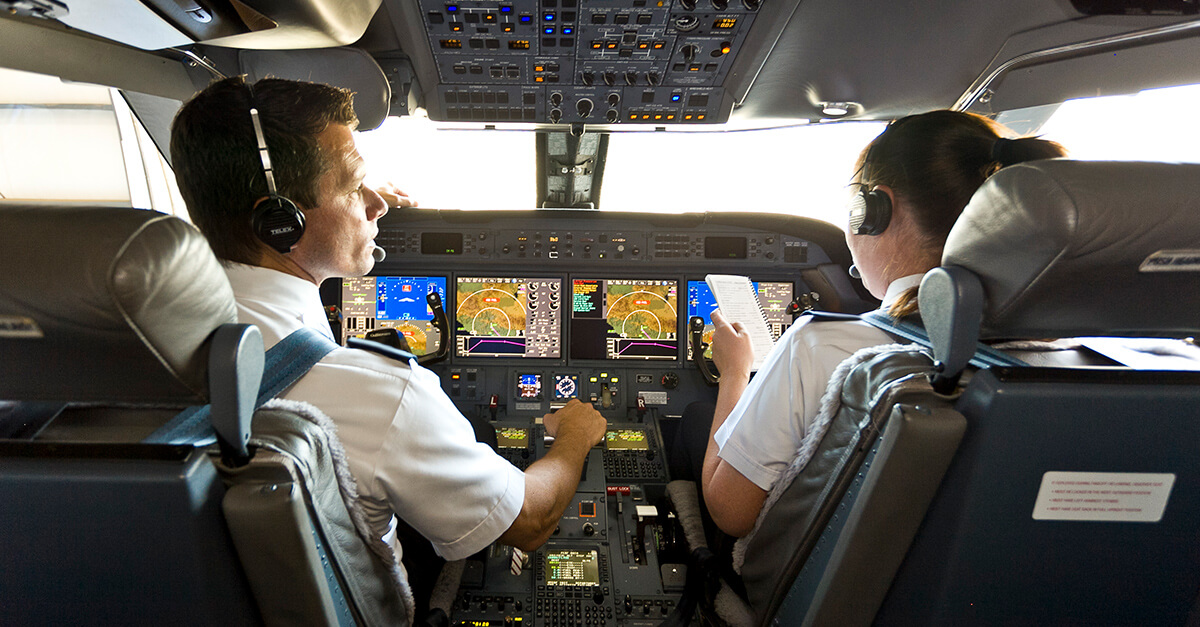
Sept. 11, 2020
NBAA recently asked the FAA to achieve global harmonization and a simplified, scalable solution for operating aircraft with certain inoperative instruments and equipment for Part 91 – a process normally accomplished via a Minimum Equipment List (MEL) authorization.
Similar to NBAA’s feedback to a related draft Advisory Circular earlier this year, NBAA’s submitted comments to a Federal Register notification advocating for future MEL policy to focus on three areas: compliance with international standards; clarity and simplification; and a data-driven and scalable solution.
Since early 2017, Part 91 operators have reported to NBAA challenges with lack of international standardization of MEL authorization and use processes. Safety Assessment of Foreign Aircraft Inspections by the European Aviation Safety Agency (EASA) in particular have resulted in safety findings for U.S. operators due to differences in the FAA MEL process.
Many U.S. Part 91 operators request FAA authorization to use a master minimum equipment list (MMEL) to legally fly with certain inoperative equipment. This authorization is provided through a Letter of Authorization (LOA) and issuance of D095. However, EASA requires an MEL to be specific to the systems and configuration of the individual aircraft and to address types of operations conducted and other variables. EASA does not consider an MMEL to be sufficient and instead looks for an aircraft- and operator-specific MEL, authorized by the FAA through issuance of D195.
The Federal Register notification indicates that FAA will eliminate the D095 LOA following a five-year implementation period for all Part 91 operators to secure a D195 LOA.
In its comments, NBAA urged the FAA to consider information collected regarding internationally accept standards to issue MEL approvals. Looking to international standards would accommodate the broader regulatory community and potentially minimize the US business aviation community’s exposure to fines and problems when conducting business abroad.
NBAA also encouraged the FAA to seek a simplified solution and specifically supported guidance previously proposed in the AC that provides operators with instruction to construct the NEF list without specific review and approval during the D195 process, and to consider data-based scalability, ensuring the solution can adequately meet the anticipated 8,500 applications over a five year period.
“We appreciate the FAA’s ongoing engagement on this issue and look forward to an MEL solution that is consistent with international standards, allowing U.S.-based Part 91 operators to fly globally without fear of fines or penalties due to inconsistencies in the FAA’s MEL process,” said Brian Koester, CAM, NBAA’s director of flight operations and regulations. “However, we urge the FAA to develop a process that takes into account its own workforce challenges and the sheer quantity of applications to ensure aircraft aren’t unnecessarily grounded due to what should be deferrable inoperative equipment.”


 International Business Aviation Council Ltd.
International Business Aviation Council Ltd.